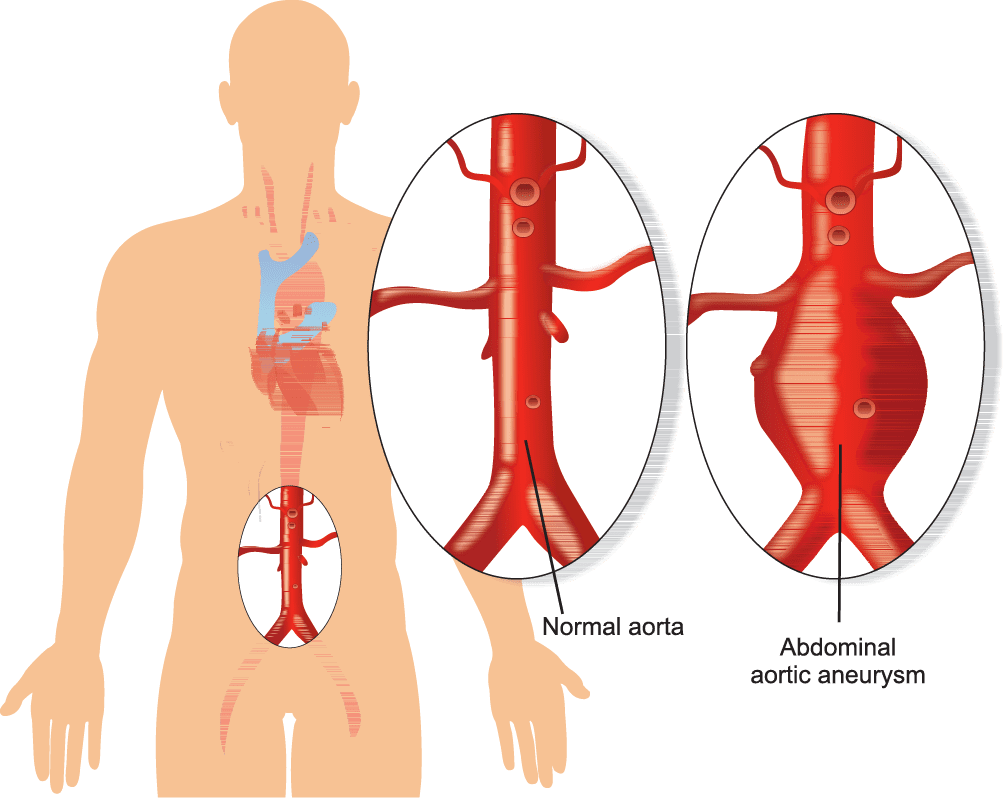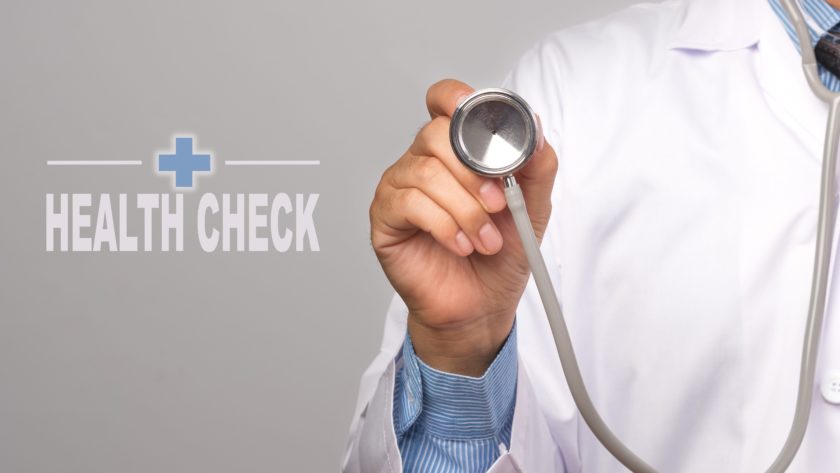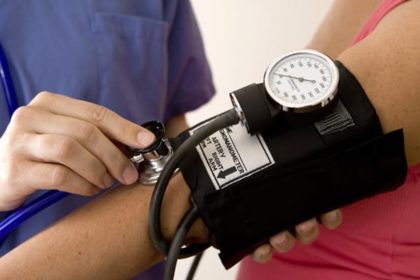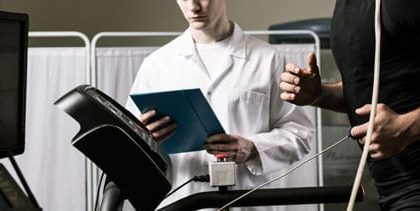June is National Men’s Health Month, a time to remind you or the men in your life that the most important ways for men at any age to stay healthy and live longer is to get recommended screening tests.
It was designated in 1994 to encourage early detection and treatment of disease. Here are some of the essential screening tests for men.
Essential Screening Tests Every Man Needs
If you have risk factors, a diagnosed condition, or a family history of certain diseases, talk to your physician. The types of tests, when you start testing, and how often you test may differ from the standard recommendations below.
1. Prostate Cancer (age 50+ or earlier depending on risk)
- Age 50 for average-risk men
- Age 45 for men at high risk (African-Americans)
- Age 40 for men with a strong family history of prostate cancer
Next to skin cancer, prostate cancer is the most common type of cancer found in American men. Prostate cancer is the second leading cause of cancer death in men. About 1 man in 41 will dies of prostate cancer, but most men do not die from it. Lung cancer is the first.
Screening involves a yearly prostate-specific antigen (PSA) blood test and digital rectal exam (DRE) to men beginning at age 50 with at least a 10-year life expectancy.
NOTE: Government guidelines recommend AGAINST a routine PSA for prostate cancer. However, the American Cancer Society recommends discussing the limitations and potential benefits of prostate cancer early detection testing and should include the offer to test.
2. Colorectal Cancer (age 50+)
Colorectal cancer is the third leading cancer killer in men. Starting at age 50, your physician can decide which test is right for you (e.g., sigmoidoscopy, colonoscopy, CT scan, barium enema)
3. Skin cancer
According to the American Cancer Society, your skin should be examined by your provider as part of a routine health checkup to look for cancerous and pre-cancerous conditions. In-between exams, it is recommended that you check your own skin once a month.
- Older men are twice as likely to develop melanoma as women of the same age.
- Men are 2-3 times more likely to get non-melanoma basal cell and squamous cell skin cancers than women.
4. Abdominal Aortic Aneurysm or AAA (age 65+)
If you are between the ages of 65 and 75 and have ever smoked (100 or more cigarettes during your lifetime), you should be screened once for an abdominal aortic aneurysm. AAA is the 10th leading cause of death in Caucasian men 65-74 years old.
An aneurysm is caused by an abnormal weak spot on a blood vessel wall resulting in a weakened blood vessel wall that can bulge and burst (like a balloon).

This AAA, “The Silent Killer”, is an abnormally large or swollen blood vessel in the abdomen. It is diagnosed by abdominal ultrasound, MRI, or CT scan.
Aneurysms may tear or rupture if left untreated and cause massive internal bleeding. Ruptures are very painful events and may result in permanent disability or death.
Their exact cause is unknown, but risk factors for developing an aortic aneurysm include:
- Emphysema
- Genetic factors
- High blood pressure
- High cholesterol
- Obesity
- Male gender
- Smoking
5. Blood Pressure (age 18+)
Risk for high blood pressure increases with age. It’s related to age, weight, and lifestyle. A normal blood pressure reading is BELOW 120/80. Check regularly.
How often you get your BP checked depends on how high it is and your other risk factors.
6. Blood Cholesterol (age 20+)
Starting at age 20, men should be screened if they are at a higher risk for heart disease.
Starting at age 35, you should have your blood checked regularly for cholesterol levels (fasting blood test).
Talk to your provider about testing earlier if you are younger than 35 and if:
- You have diabetes.
- You have high blood pressure.
- You have a family history of heart disease.
- You smoke.
7. Type 2 Diabetes (age 45+ or according to risk)
One-third of Americans have diabetes and don’t know it. Uncontrolled diabetes, a lifestyle disease, can lead to heart disease, stroke, kidney disease, blindness from damage to blood vessels in the eye, nerve damage, and impotence.
Starting at age 45, screen for type 2 diabetes (a blood test). Test earlier if you have any of the following risk factors as they can increase your risk of getting this disease:
- Family history of diabetes
- Race or ethnic background – Hispanics, Blacks, Native Americans, and Asians tend to be more highly affected.
- Metabolic syndrome (also called insulin resistance syndrome)
- Overweight – Defined as a Body Mass Index (BMI) greater than 25.
- Habitually inactive
- Hypertension (high blood pressure)
- Abnormal cholesterol levels – HDL (“good”) cholesterol level is under 35 mg/dL (milligrams per deciliter) and/or triglyceride level is over 250 mg/dL.
- History of vascular disease (such as stroke)
8. Eye diseases (age 20+)
For individuals who have symptoms at any age or who have a family history of eye disease, diabetes or high blood pressure, the American Academy of Ophthalmology recommends that you see your ophthalmologist to determine how frequently your eyes should be examined.
For glaucoma:
- Under 40: Every 2-4 years
- 40-54: Every 1-3 years
- 55-64: Every 1-2 years
- 65 up: Every 6-12 months
Symptoms may include:
- Visual changes or pain
- Flashes of light
- Seeing spots or ghost-like imagesLines appear distorted or wavy
- Dry eyes with itching and burning
According to the Academy, you should have a complete eye exam at least once between the ages of 20 and 29 and at least twice between the ages of 30.
By age 40, early signs of disease and changes in vision begin to occur and you should get a baseline examination to screen for:
- Cataracts
- Ocular tumors
- Systemic diseases that affect the eye (i.e. hypertension and diabetes)
- Diabetic retinopathy
- Other eye conditions
9. Osteoporosis or thinning of the bones (age 65+)
Starting at age 65, have a bone density test. If you weigh less than 154 lbs. and are between the ages of 60 and 64, consult your provider about being tested.
If you are at risk for osteoporosis, screen at an earlier age.
10. Abdominal Obesity
To reduce risk for heart disease, stroke, and type 2 diabetes, your waist (measured at the belly button) should be less than half your height in inches.
If your waist is over 40 inches, your risk is 12 times that of someone with a normal waist size. A 38 to 40-inch waist increases risk by 5 times.
![]() Karen’s Fit Tip: If you haven’t had a checkup in a while, call your doctor this week and make an appointment. According to the Centers for Disease Control and Prevention, more men die from the following than women:
Karen’s Fit Tip: If you haven’t had a checkup in a while, call your doctor this week and make an appointment. According to the Centers for Disease Control and Prevention, more men die from the following than women:
- Cancer
- Heart disease
- Injuries
- Stroke
- Diabetes
However, they’re HALF as likely to go to the doctor for annual exams and preventive care.






